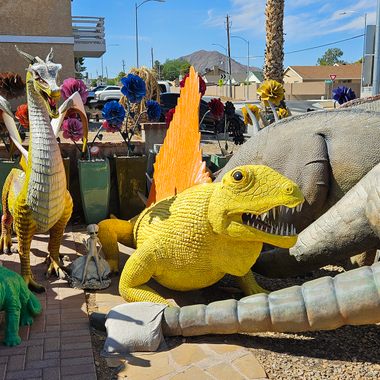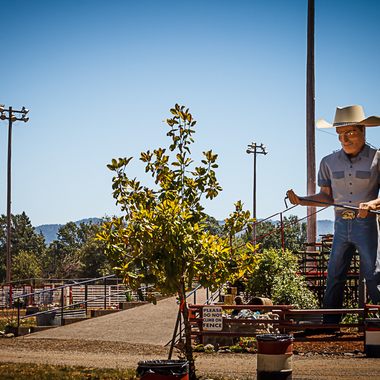10 Places to Get to Know Paul Bunyan
From Maine to Oregon, these monuments pay tribute to the legendary lumberjack.
Paul Bunyan, a larger-than-life lumberjack with super-human strength, was a character created by Canadian loggers in the early 1880s. Some historians believe the fictitious being was based largely on the life of French-Canadian logger Fabian Fournier. Others say the real inspiration was a particularly fearsome logger named Paul Bunyon who took part in Canada’s Papineau Rebellion in 1837.
The many fantastical (and sometimes incongruent) tales of Bunyan have left a shroud of heroism and mystery around the man.
Stories of Bunyan soon spread across North America. In 1910, James MacGillivray published the first written record of Bunyan in the Detroit News Tribune, citing it as a story he heard at a logging camp. In 1914, lore of Bunyan was popularized through a promotional pamphlet for the Red River Lumber Company. Stories of the giant vary from region to region, but all reflect his superhuman abilities, from impressive strength to a booming voice that could be heard 10 miles away. He was said to travel with an equally giant blue Ox companion named Babe. The duo is said to have formed the Grand Canyon, the Puget Sound, and the Black Hills of South Dakota.
Several states claim Bunyan as their own, from Maine to Minnesota. Over the decades, Paul Bunyan’s legacy has been incorporated into advertisements, music, and towering figures in his likeness. From Bunyan’s gravesite to his severed head to towering roadside attractions of the lumberjack and his loyal ox, this is a coast-to-coast tour of Bunyan’s history.


























Follow us on Twitter to get the latest on the world's hidden wonders.
Like us on Facebook to get the latest on the world's hidden wonders.
Follow us on Twitter Like us on Facebook